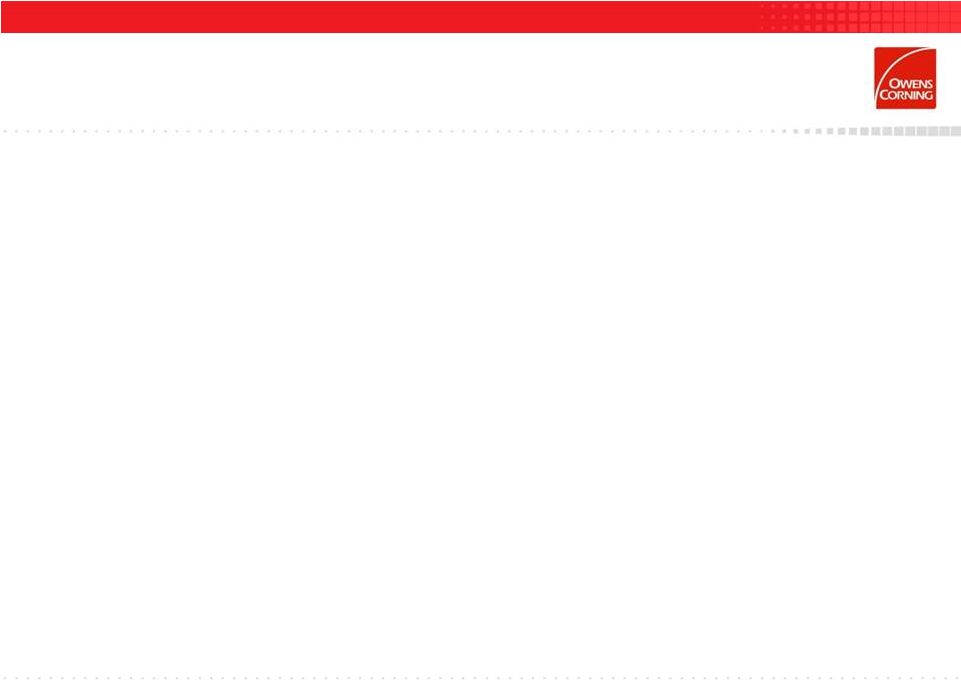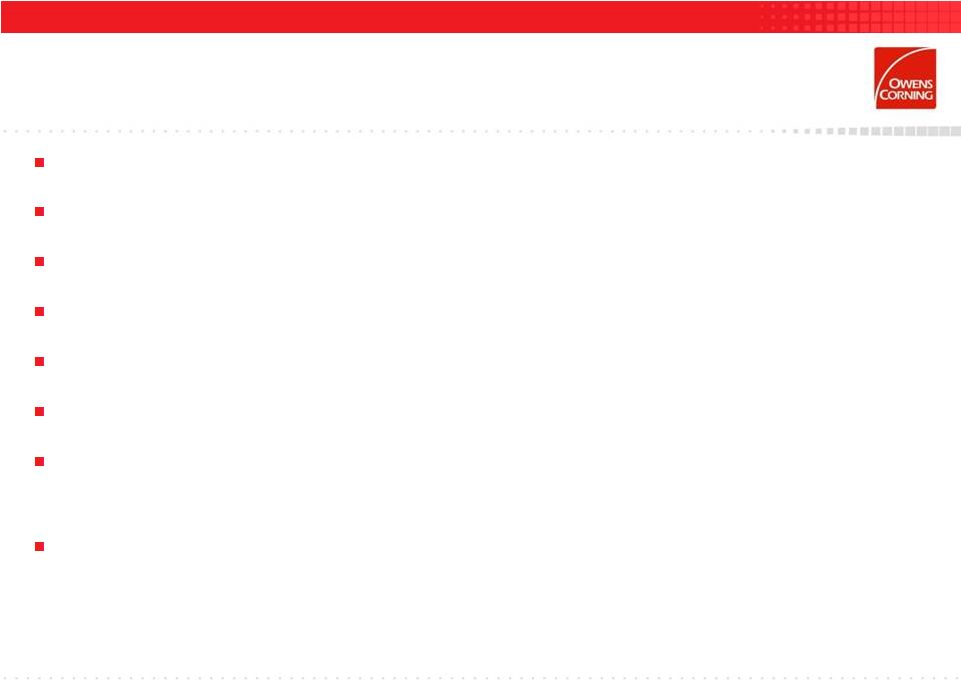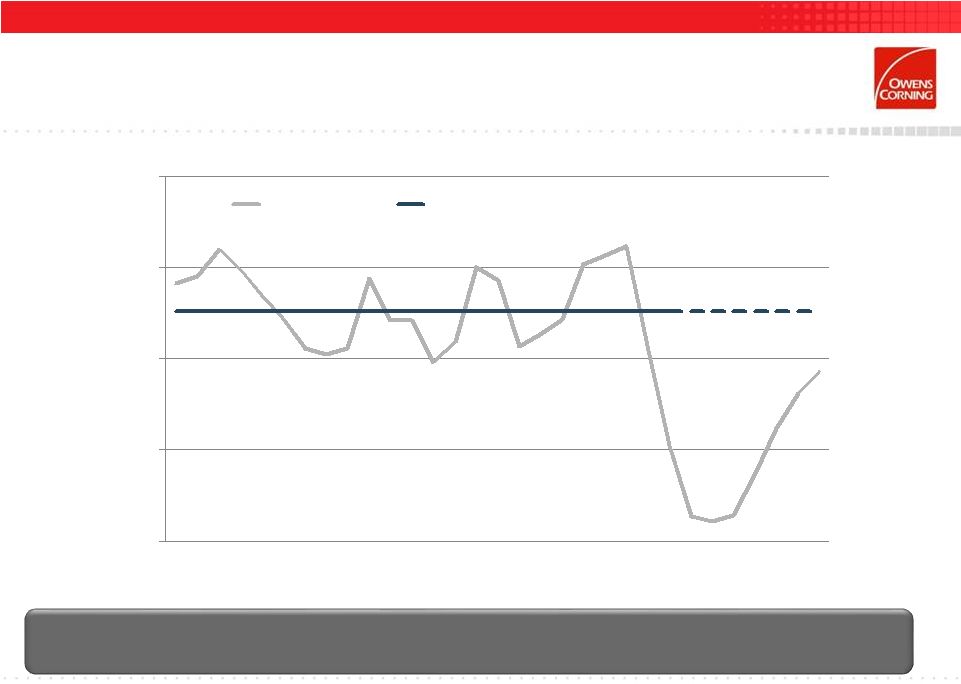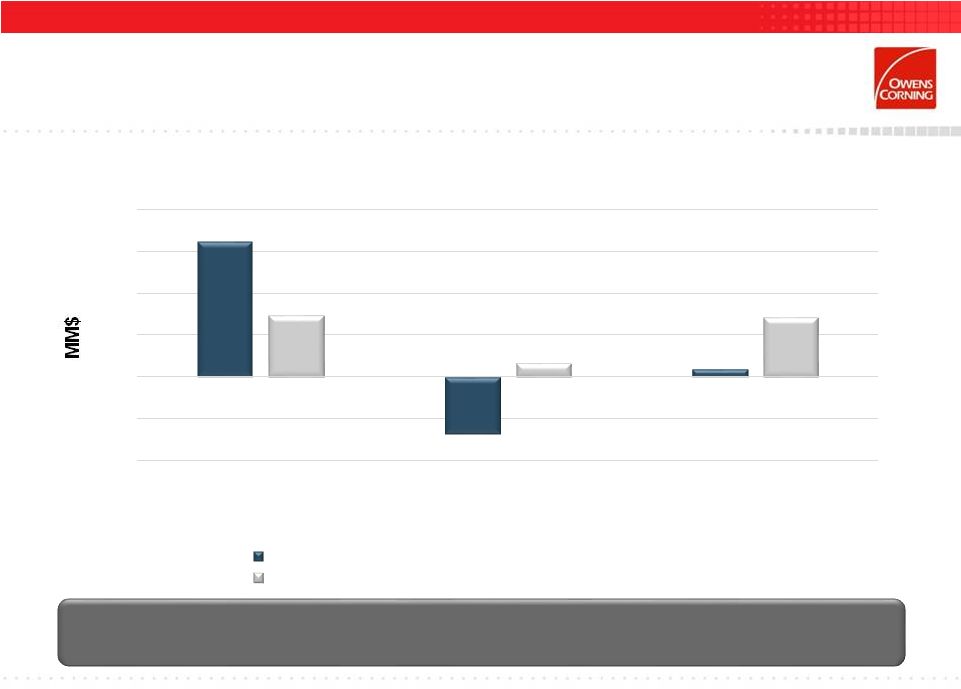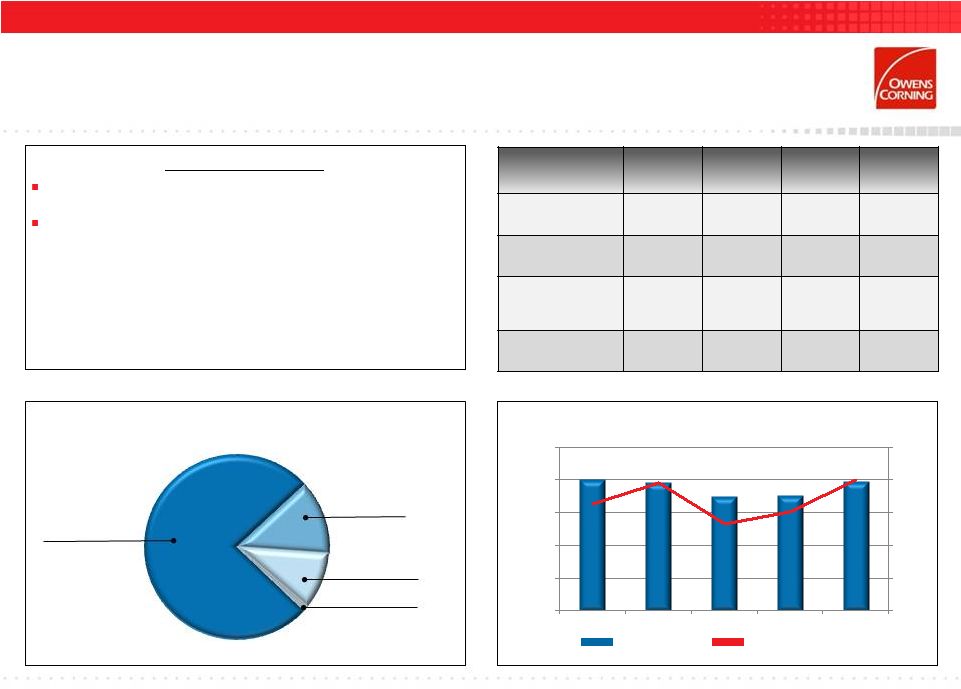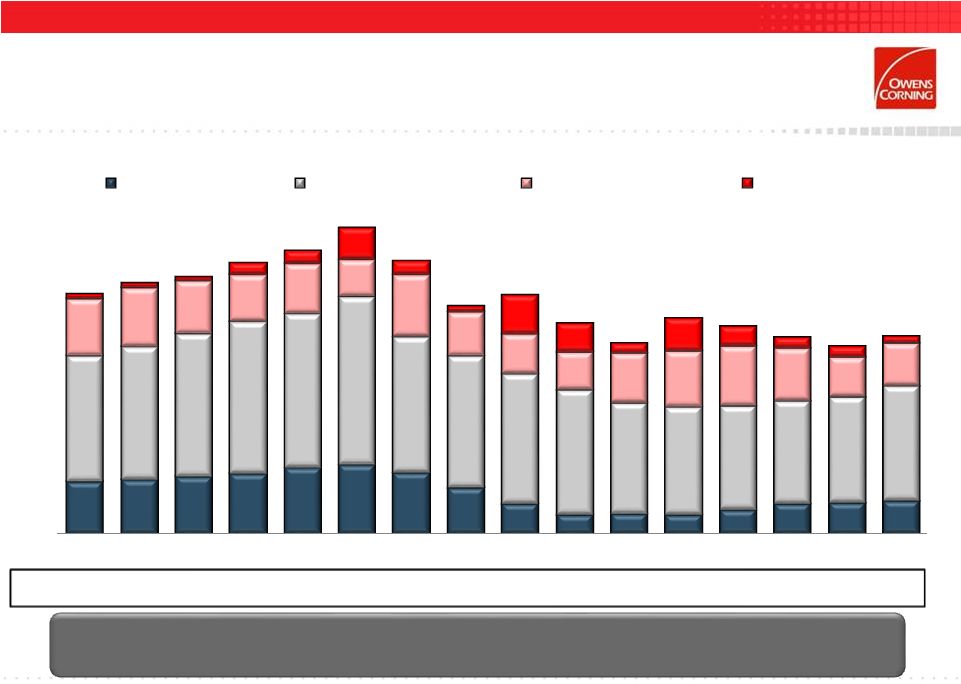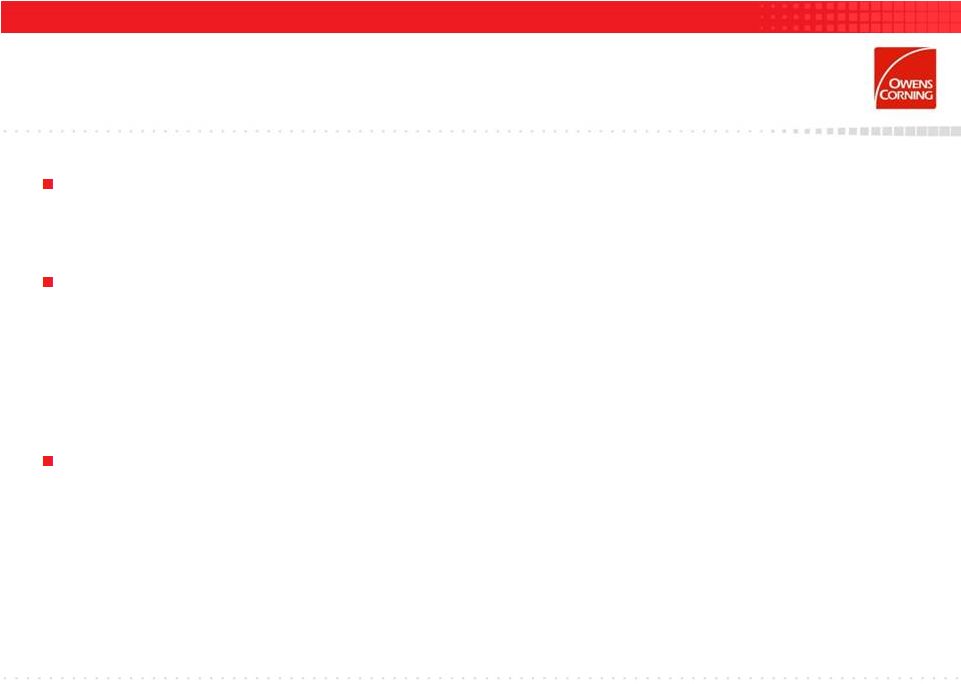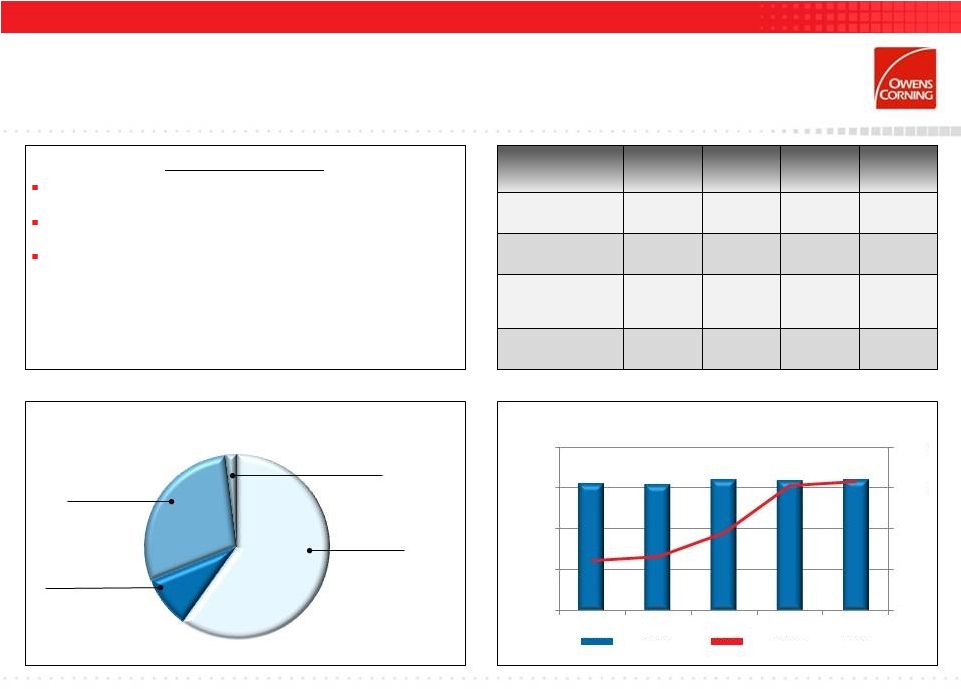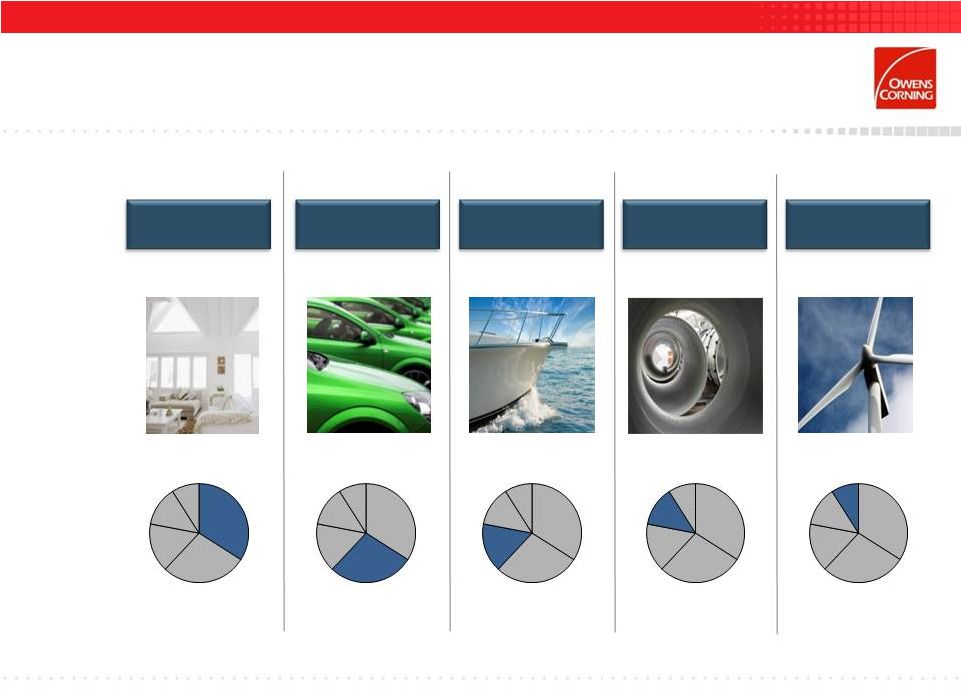2 Forward-Looking Statements and Non-GAAP Measures This presentation consists of this slide deck and the associated remarks and comments, all of which are integrally related and are intended to be presented and understood together. This presentation contains forward-looking statements within the meaning of the Private Securities Litigation Reform Act of 1995. Forward-looking statements can be identified by words such as “believe,” “anticipate,” “appear,” “may,” “will,” “likely,” “should,” “intend,” “plan,” “estimate,” “expect,” “assume,” “seek,” “project,” “forecast,” “strategy” and similar reference to future periods. We caution you against relying on these statements as they involve risks and uncertainties that are difficult to predict and the Company’s actual results may differ materially from those projected in these statements. Such risks and uncertainties are based on factors such as, without limitation: relationships with key customers; levels of residential and commercial construction activity; competitive and pricing factors; levels of global industrial production; demand for our products; industry and economic conditions that affect the market and operating conditions of our customers, suppliers or lenders; foreign exchange and commodity price fluctuations; our level of indebtedness; weather conditions; availability and cost of credit; availability and cost of energy and raw materials; issues involving implementation and protection of information technology systems; domestic and international economic and political conditions including new legislation or other governmental actions; our ability to utilize net operating loss carry-forwards; research and development activities including intellectual property protection; interest rate movements; labor disputes, legal and regulatory proceedings, including litigations; and environmental actions; uninsured losses; issues related to acquisitions, divestitures and joint ventures; achievement of expected synergies, cost reductions and/or productivity improvements; defined benefit plan funding obligations; and, factors detailed from time to time in the company’s Securities and Exchange Commission filings. For purposes of this presentation, any discussion referring to “year to date” or last twelve months (“LTM”) refers to the period ended on the last calendar day of the quarter preceding the date of the investor event referred to on the first page of this document. Otherwise the information in this presentation speaks as of the date of the investor event, and is subject to change. The Company does not undertake any obligation to update or revise forward-looking statements beyond what is required under applicable securities laws. Any distribution of this presentation after the date of the investor event is not intended and should not be construed as updating or confirming such information. This presentation contains references to certain "non-GAAP financial measures" as defined by the SEC. Management uses non-GAAP measures for various purposes, including reporting results of operations to the Board of Directors, analysis of performance and related employee compensation measures. Although management believes these measures, and exclusions from GAAP therein, provide a useful representation of performance, non- GAAP measures should not be considered in isolation or as a substitute for GAAP measures. A reconciliation of these non-GAAP financial measures to their most directly comparable financial measures calculated and presented in accordance with generally accepted accounting principles can be found in the text and tables of the press release filed with the SEC on July 27, 2016 and Appendix A. Adjusted EBIT is earnings before interest, taxes and other items that management does not allocate to our segment results because we believe they are not representative of the Company’s current operations. Free cash flow is net cash flow provided by operating activities minus the sum of cash paid for property, plant, and equipment and purchases of alloy. When the Company provides forward-looking expectations for non-GAAP measures the most comparable GAAP measures and a reconciliation between the non-GAAP expectations and the corresponding GAAP measures are generally not available without unreasonable effort due to the variability, complexity and limited visibility of the adjusting items that would be excluded from the non-GAAP measures in future periods. The variability in timing and amount of adjusting items could have significant and unpredictable effects on future GAAP results. | 
